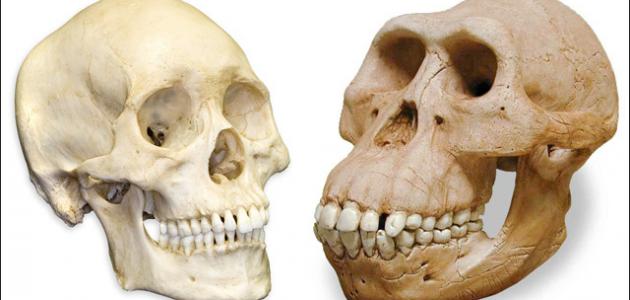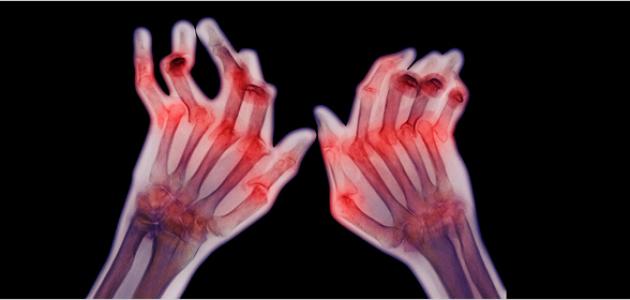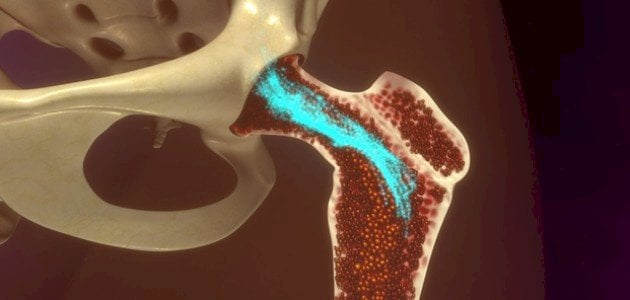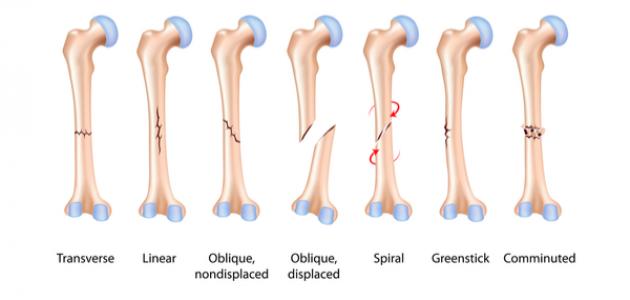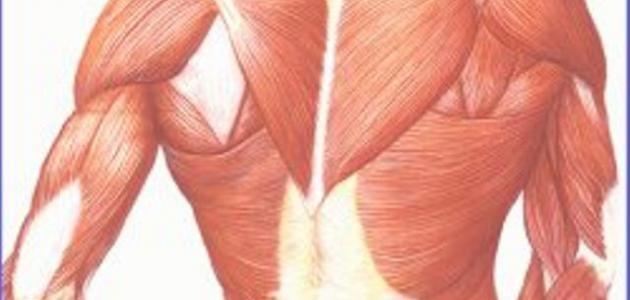Number of skull bones
The human skull contains 22 bones distributed in various areas of the head and face. The importance of these bones is to preserve the integrity of the brain and the rest of the parts of the brain from exposure to any injuries or direct blows that may expose them to damage, in addition to protecting the organs responsible for the various senses such as hearing, vision, and taste by surrounding them. With deep, solid bone cavities, all the bones of the skull unite with each other to form a solid, circular plane of bone, with the exception of the lower jaw bone, which is connected to the rest of the skull bones through movable joints.
Types of skull bones
Single bones
They are called solitary due to the presence of one bone from each in the skull.
- The frontal bone, which extends from the forehead area to the roof of the orbit, passing through the upper edges.
- The occipital bone, similar in shape to a cup, is located in the back and lower region of the skull.
- The sphenoid bone is located at the base of the skull in front of the temporal bones and the base of the occipital bone.
- The vomer bone is located on the dividing line between the nostrils and is connected to a large number of surrounding bones.
- The ethmoid bone separates the nasal cavity from the brain, and is considered part of the upper region of the nasal cavity.
Read also:Benefits of bone marrow
Double bones
It is double because there are two bones from each of us on opposite sides of the skull.
- The lower jaw bone, known as the largest piece of bone in the human skull in addition to being the only moving bone in the skull, is located in the lower part of the jaw.
- The upper jaw bone is located in the upper part opposite the lower jaw bone, and differs from it in that it is fixed and does not move.
- The temporal bone extends over a large part of the sides and base of the skull, and is also involved in forming the shape of the lateral face.
- The parietal bone forms the upper sides of the skull in addition to its roof, and takes an irregular quadrilateral shape.
- The zygomatic bone, which forms the prominent area of the cheeks and connects with the frontal bone, sphenoid bone, and others.
- The lacrimal bone is known as the smallest bone in the skull in terms of area and volume. It is also considered a bone of little hardness and easy to break, and has a rectangular shape.
- The nasal bone has a rectangular shape and is known for its small size compared to the surrounding bones. Its size varies from one person to another, which makes the shape of each individual's nose distinct from other noses.
- The palatine bone is located on both sides of the palate and plays an important role in shaping and protecting the palate.
- The inferior nasal concha extends horizontally along the wall of the nasal cavity and is located within the nasolacrimal duct, which allows tears to pass outside the body.
